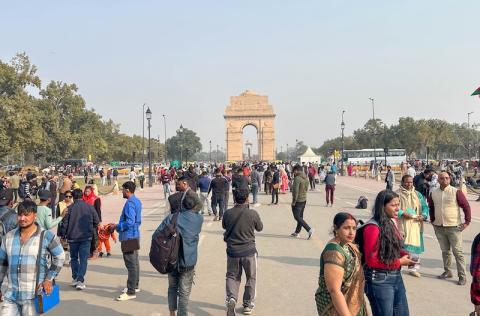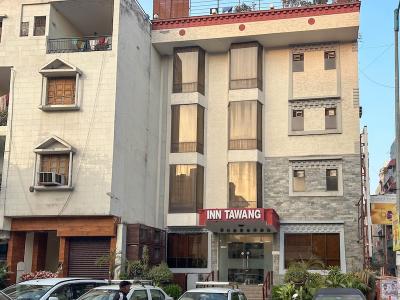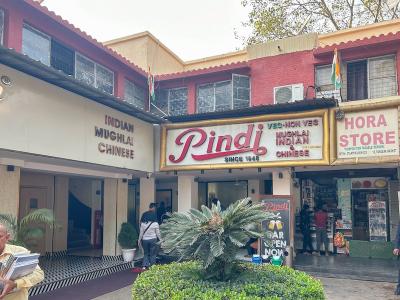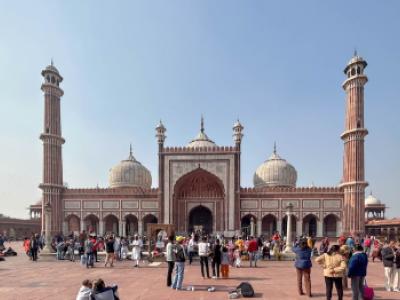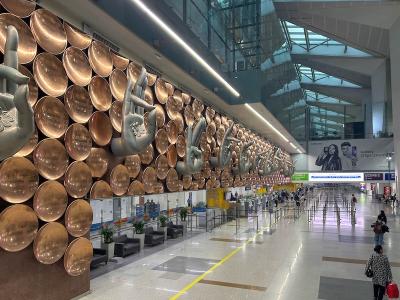The India Gate is a war memorial located near the Kartavya path on the eastern edge of the "ceremonial axis" of New Delhi, formerly called Rajpath. It stands as a memorial to 84,000 soldiers of the Indian Army who died between 1914 and 1921 in the First World War, in France, Flanders, Mesopotamia, Persia, East Africa, Gallipoli and elsewhere in the Near and the Far East, and the Third Anglo-Afghan War. 13,300 servicemen's names, including some soldiers and officers from the United Kingdom, are inscribed on the gate.
Designed by Sir Edwin Lutyens, the gate evokes the architectural style of the ancient Roman triumphal arches such as the Arch of Constantine in Rome, and later memorial arches; it is often compared to the Arc de Triomphe in Paris, and the Gateway of India in Mumbai.
I had a chance to visit the India Gate at the end of Decemebr 2023,d uring our three week trip to India. We were taken here by our tour guide and made a few photos.

Following the Bangladesh Liberation war in 1972, a structure consisting of a black marble plinth with a reversed rifle, capped by a war helmet and bounded by four eternal flames, was built beneath the archway. This structure, called Amar Jawan Jyoti (Flame of the Immortal Soldier), has since 1971 served as India's tomb of the unknown soldier. India Gate is counted amongst the largest war memorials in India and every Republic Day, the Prime Minister visits the gate to pay their tributes to the Amar Jawan Jyoti, following which the Republic Day parade starts. India Gate is often a location for civil society protests, and is popular with tourists.
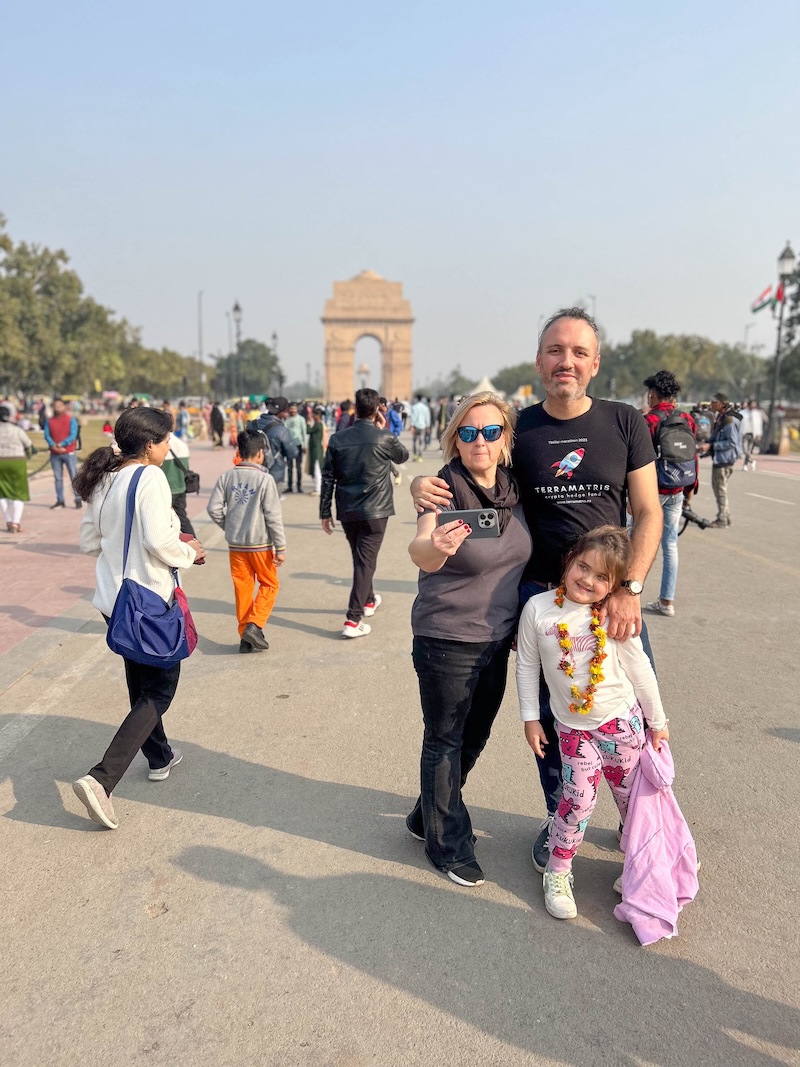
The memorial gate was designed by Sir Edwin Lutyens, who was not only the main architect of New Delhi but also a member of the Imperial War Graves Commission and one of Europe's foremost designers of war graves and memorials.
He designed sixty-six war memorials in Europe, including the highly regarded Cenotaph in London in 1919, the first national war memorial erected after World War I, for which he was commissioned by David Lloyd George, the British prime minister.
The memorial in New Delhi, like the Cenotaph in London, is a secular memorial, free of religious and "culturally-specific iconography such as crosses". Lutyens according to his biographer, Christopher Hussey, relied on the "elemental mode", a style of commemoration based on a "universal architectural style free of religious ornamentation".
If you happen to be in Delhi, make sure to visit this place.
